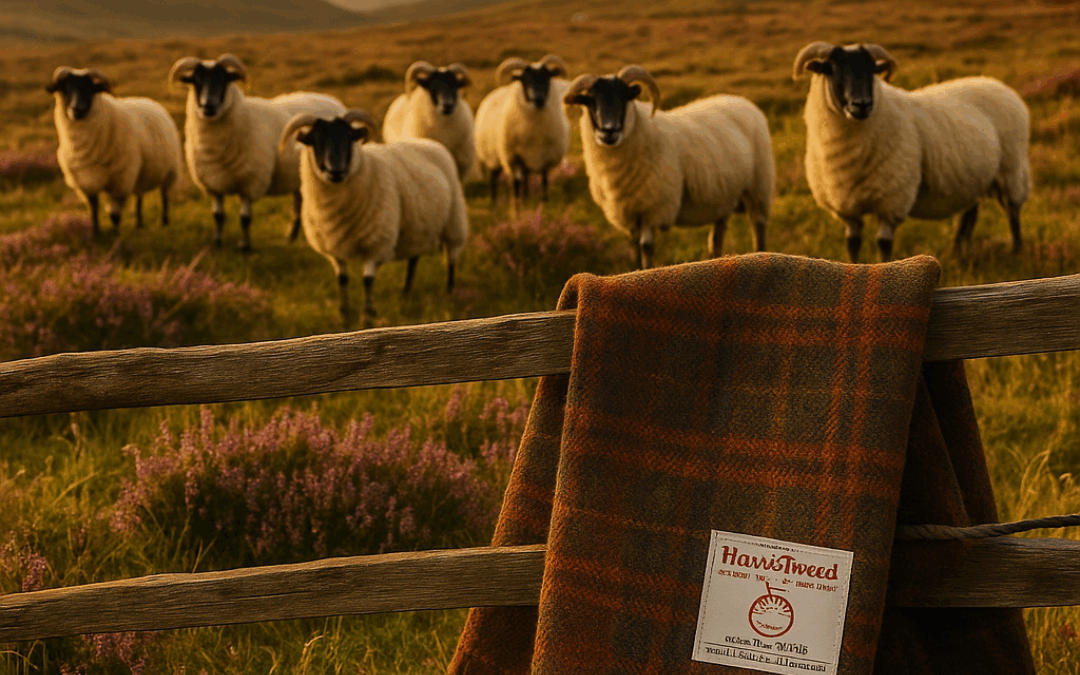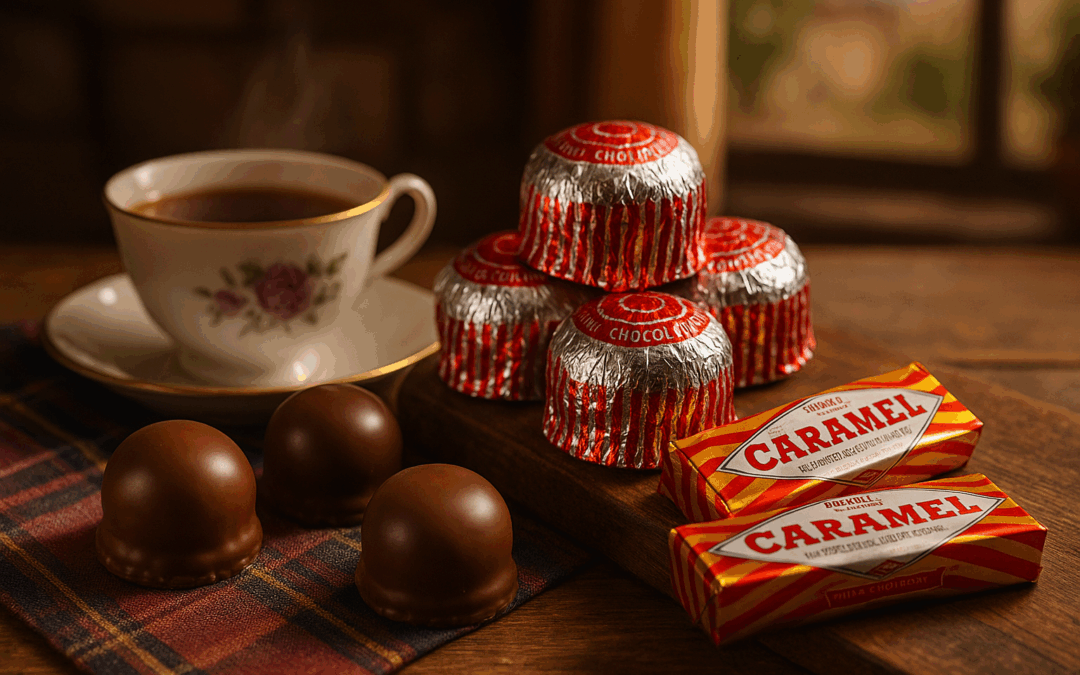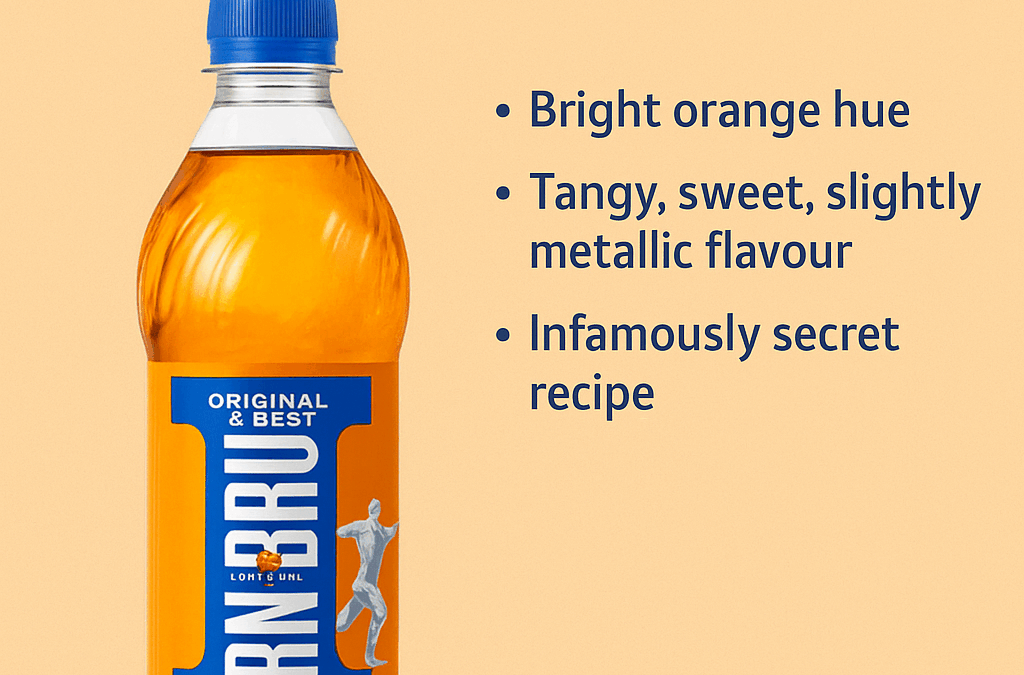
by Soniya Basu | Jul 23, 2025 | Scotland Specials
Made in Scotland Series: Part 3
Nestled in the rugged, windswept landscapes of the Outer Hebrides lies one of Scotland’s most treasured exports: Harris Tweed. More than just wool, Harris Tweed is a living story, one that’s handwoven into the identity of Scotland itself. Protected by law, celebrated in fashion houses from Milan to Mumbai, and rooted in crofting communities, this world-famous cloth embodies the harmony of tradition, nature, and craftsmanship.
What Is Harris Tweed?
Harris Tweed is a tweed cloth that must be handwoven by islanders in their own homes in the Outer Hebrides, using 100% pure virgin wool dyed and spun in the Outer Hebrides. This unique origin and strict production method are legally protected by the Harris Tweed Act of 1993, making it the only fabric in the world governed by an act of Parliament.
The result? A rich, textured cloth that blends beauty, durability, and a deep sense of place.
From Croft to Loom: A Story of Heritage
Each metre of Harris Tweed begins with wool, often from Scottish Blackface sheep and it’s washed, dyed, and blended into earthy colour palettes inspired by the island’s natural tones: heather, moss, sky, and stone.
Islanders then handweave the wool on foot-powered looms in their homes. The rhythmic clack of the loom is a sound heard across Lewis, Harris, Uist, and Barra, where weaving is not just a job but a lifestyle, often passed down through generations.
Once woven, each bolt of cloth is inspected and stamped with the iconic Orb trademark, certifying its authenticity.
What began as a humble fabric worn by crofters and aristocrats alike has become a global fashion statement. From Savile Row suits and Chanel jackets to accessories, upholstery, and even sneakers. Harris Tweed bridges tradition with modern style.
Fashion designers love its character: it’s warm, water-resistant, eco-friendly, and steeped in storytelling.
For South Asians living in Scotland or abroad, Harris Tweed offers something special. A blend of timeless style and Scottish soul. Imagine a Harris Tweed Nehru jacket or sherwani , the perfect cross-cultural fusion.
In a fast-fashion world, Harris Tweed stands firm in its commitment to sustainability, slow production, and local economy. Supporting it means preserving skills, culture, and communities that might otherwise fade away.
For anyone who values quality, authenticity, and heritage, Harris Tweed is not just fabric, It’s a philosophy.
Where to Buy Harris Tweed
Want to experience it in person? Visit Scottish gift stores in Edinburgh or browse listings in the ScottishIndian.com Business Directory to support local retailers.
Made in Scotland is more than just a label — it’s a legacy. And Harris Tweed is its most stylish thread.
Stay tuned for Part 4 of the series as we explore Scottish brands.

by Soniya Basu | Jul 22, 2025 | Scotland Specials
Made in Scotland series – Part 2:
When it comes to iconic Scottish treats, few inspire the level of loyalty, nostalgia, and cheeky indulgence as a red-and-gold wrapped Tunnock’s Tea Cake or the layered glory of a Caramel Wafer.
Whether you first tried them at school, during tea with gran, or at a community event, Tunnock’s confections are more than just snacks. These are a shared cultural experience in Scotland.
🏭 A Family Brand with Deep Roots
Tunnock’s has been a household name since 1890, when Thomas Tunnock opened a bakery in Uddingston, a small town near Glasgow. Over 130 years later, the fourth generation of the Tunnock family is still running the show and their products have reached iconic status not just in Scotland, but across the UK and beyond. Explore their full range of products and history on the official Tunnock’s website.
🍥 What Is a Tunnock’s Tea Cake?
A light biscuit base, topped with a dome of fluffy Italian mallow, all coated in a layer of silky milk chocolate. It’s soft, gooey, and messy in the best way.
Fun Fact: It’s not actually a cake. It’s more of a biscuit but try arguing that in a Scottish tea room.
🧇 The Caramel Wafer
Thin layers of crispy wafer with chewy caramel in between, all covered in chocolate. It’s the ultimate lunchbox classic and still one of the best-selling biscuits in Scotland.
Over 5 million are made every week at the Uddingston factory!
Desi families in Scotland quickly adopted Tunnock’s into everyday life. Whether it’s tea at a temple, a cultural festival, or a kids’ birthday party, you’ll often find a plate of Tea Cakes right next to the samosas.
There’s something about the balance of sweetness and texture that fits well with Indian and Pakistani chai culture.
check out IRN-BRU: The Soft Drink That Outsold Coca-Cola in Scotland for another taste of Scottish obsession.
🌍 Global Fame, Local Pride
From being served in British Embassies to making appearances in viral memes, Tunnock’s has become a symbol of both Scottish identity and cross-cultural delight.And if you’re curious about other traditional Scottish snacks, check out Scotland.org’s guide to iconic treats.
In fact, the red-and-gold foil has even inspired fashion prints, Christmas decorations, and art installations.
You can find Tea Cakes and Caramel Wafers in nearly every major supermarket in Scotland:
- Tesco, Asda, Sainsbury’s, Morrisons
- Desi convenience stores like Costcutter and Best-One (see our Grocery Directory for more!)
Planning to send some to loved ones abroad? They travel well, just wrap them tight.
☕️ How to Enjoy Them – Desi Style
- Chai + Tea Cake: Let the mallow melt on your tongue between sips of masala chai
- Caramel Wafer Sundae: Chop it up over kulfi or vanilla ice cream
- Tea Cake S’mores: Lightly toast and sandwich between Marie biscuits
Tunnock’s is more than a sweet treat. It’s a taste of Scottish heritage with global appeal. If you haven’t had one yet, grab a pack, pour yourself some chai, and see what the obsession is all about.

by Soniya Basu | Jul 21, 2025 | Scotland Specials
Made in Scotland Series: Part 1
Move over whisky when it comes to real Scottish pride, nothing stirs the nation quite like IRN-BRU. It is Scotland’s iconic fizzy drink, is more than just a soft beverage, it’s a national identity.
Outselling Coca-Cola for decades in Scotland, IRN-BRU continues to surprise newcomers and charm locals with its bright orange colour and unforgettable flavour. Whether you’re a new arrival to Scotland, part of the international diaspora exploring local flavours, or just curious about that neon-orange fizzy drink in every corner shop, this post is your crash course on Scotland’s most iconic soft drink.
What Is IRN-BRU?
Pronounced “Iron Brew”, IRN-BRU is a carbonated soft drink made by AG Barr, based in Cumbernauld, Scotland. It’s often described as “Scotland’s other national drink” after whisky—bold claim, but once you try it, you’ll understand why.
Invented in 1901, it’s been winning hearts (and tastebuds) with its:
- 💥 Bright orange hue
- 🍊 Tangy, sweet, slightly metallic flavour
- Infamously secret recipe (only three people reportedly know it!)
What Does It Taste Like?
Honestly? It’s hard to say.
Some say bubblegum meets orange soda. Others call it fizzy ginger meets cream soda. But everyone agrees ‘it’s unique’.
For South Asian palates used to spiced sodas, Limca, or even Kala Khatta, IRN-BRU sits somewhere between comforting and bizarrely addictive.
IRN-BRU isn’t just a drink. It’s part of Scottish identity. It’s sold in every chippy, fuel station, and grocery aisle. You’ll see people sipping it with everything from:
- Fish & chips
- Deep-fried Mars bars
- Or even a hangover cure after a night on the town
🛒 Looking for a quick grab near you?
You can usually find IRN-BRU in major supermarkets like Tesco, Asda, and Lidl. But if you’re looking for quick local access, Costcutter or Best-One stores listed in our ScottishIndian Business Directory are great options.
If you’re in Edinburgh, pair your first sip of IRN-BRU with fish & chips from a spot featured in our Desi Foodie’s Guide to Edinburgh.
Its cheeky, irreverent marketing campaigns have made it a pop culture icon. Think slogans like:
“Made in Scotland from Girders”
“Gets You Through”
“Irn Bru -A soft drink, for hard men””
If you’re a Desi family settling in Scotland, IRN-BRU is often one of the first local products your kids will ask for. Its sweet fizz, affordable price, and bright packaging make it an instant favourite.
And guess what? It even comes in:
- Diet IRN-BRU
- Sugar-free IRN-BRU XTRA
- Special limited editions (some crazy flavours!)
Want to explore limited editions or find your favourite fizz? Visit the official IRN-BRU website.
Did You Know?
- IRN-BRU contains ammonium ferric citrate—a form of iron, hence the name!
- Scots reportedly drink more IRN-BRU per head than Coca-Cola.
- You can even find IRN-BRU-flavoured sweets, ice cream, and even candles.
You can pick up IRN-BRU almost anywhere in Scotland:
- Tesco, Asda, Lidl, Sainsbury’s
- Local South Asian stores often stock large bottles
- International groceries sometimes stock it in the US, Canada, India, and Australia (for the homesick Scots abroad)
If you’re visiting Edinburgh, pair it with your next chippy run or Scottish breakfast. Just trust us on this one.
Want to go fusion? Try these:
- IRN-BRU Mojito – IRN-BRU, lime, mint, and soda
- Masala IRN-BRU – Add a pinch of black salt (kaala namak), chaat masala, and lemon
- IRN-BRU float – Pour over vanilla kulfi or ice cream for a Scottish-Desi dessert treat
IRN-BRU is more than just a soft drink. It’s a rite of passage in Scotland. Whether you love it, hate it, or grow to crave it, one thing’s certain:
You can’t say you’ve lived in Scotland without trying IRN-BRU.


